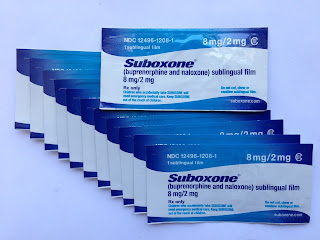 Journal Club Summary
Journal Club Summary
Methodology Score: 4/5
Usefulness Score: 4.5/5
D’Onofrio G, et al
JAMA. 2015 Apr 28;313(16):1636-44.
Full Article
This single, urban center RCT including 329 patients showed that buprenorphine initiated in the ED was more likely to increase engagement in addiction care at 30 days (78%) compared to referral (37%) or brief intervention (45%), with a NNT of 2 for the buprenorphine vs referral groups. There were some concerns raised around the slightly greater proportion of patients seeking addiction treatment in the buprenorphine group and the possibility of crossover between the three arms, but buprenorphine/naloxone is a lifesaving intervention that can be initiated from the ED with proper training.
By: Dr. Isabelle Miles
By: Dr. Isabelle Miles
Epi lesson
Sample Size in Clinical Trials
All intervention studies should indicate how the sample size was estimated including the desired alpha error (usually 0.05), power (usually 80-90%), and expected outcome rate in the control group. Most important is a statement of the minimal clinically important difference (MCID) that would have to be shown by the study intervention for clinicians to accept the new treatment as better. In an effort to keep sample size low, investigators sometimes estimate an MCID much larger than is reasonable.
By: Dr. Ian Stiell
All intervention studies should indicate how the sample size was estimated including the desired alpha error (usually 0.05), power (usually 80-90%), and expected outcome rate in the control group. Most important is a statement of the minimal clinically important difference (MCID) that would have to be shown by the study intervention for clinicians to accept the new treatment as better. In an effort to keep sample size low, investigators sometimes estimate an MCID much larger than is reasonable.
By: Dr. Ian Stiell
